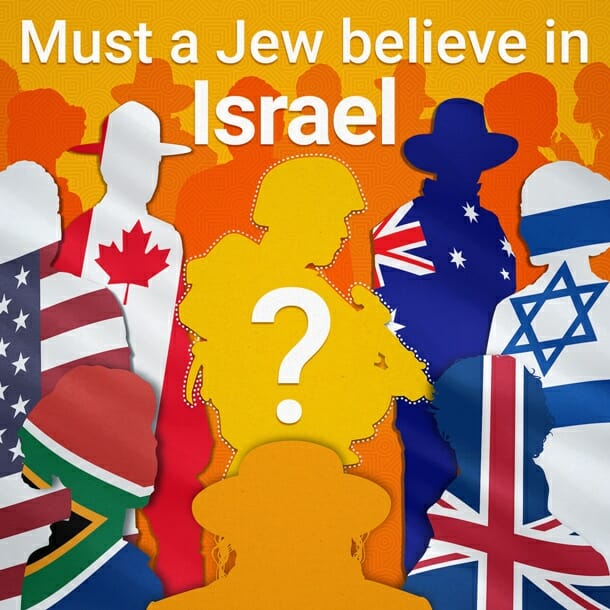
Must a Jew Believe in Israel?
Client: The Academy of Jewish Thought and Learning
Categorised in: 2D Illustration, Illustration, Posters & Flyers
The State of Israel declared its independence on 14 May 1948, by help of the United Nations who adopted the Partition Plan for Palestine in 29 November 1947. Soon after, the ongoing civil war transformed into a greater conflict between the State of Israel and a coalition of Arab states called The Arab-Israeli War on 15 May 1948. The conflict followed with a demographic change in the occupation of Palestine of around 700,000 Arabs being replaced by immigrant Jews, as some fled and others were expelled, with immigrants entering the newly claimed State of Israel over the next 3 years. Since then Israel has fought several wars with Arab countries, making it the longest military occupation in modern times.
Today the State of Israel is a developed country and an OECD member, with a parliamentary system of representative democracy. It has a highly skilled workforce and is among the most educated countries in the world. While many Zionists support the re-establishment of the Jewish homeland there are many who question the occupation of Palestine.
The Academy expands on the history of this pivotal and significant landmark, delving into the Tanach, the Jewish Bible, and the historical presence of the Jewish people on this land. A key focus being the differing views held by the Jewish community on the perspective of Zionism and the controversy surrounding the State of Israel and the occupation of Palestine. They offer this course with a hope to grant introspection and cast a positive light on the future of Israel within the Jewish community.
The illustration’s central figure, a fully geared soldier, links with the question “Must a Jew believe in Israel?” which connects the imagery with the debate of the State of Israel, Zionism and the controversy of the occupation of Palestine. The flags and people surround the key figure pose a second question “Does Israel carry the same legitimacy as the other countries and their citizens?” This question is posed to the onlooker at the bottom representing the Jew struggling to find an answer.
